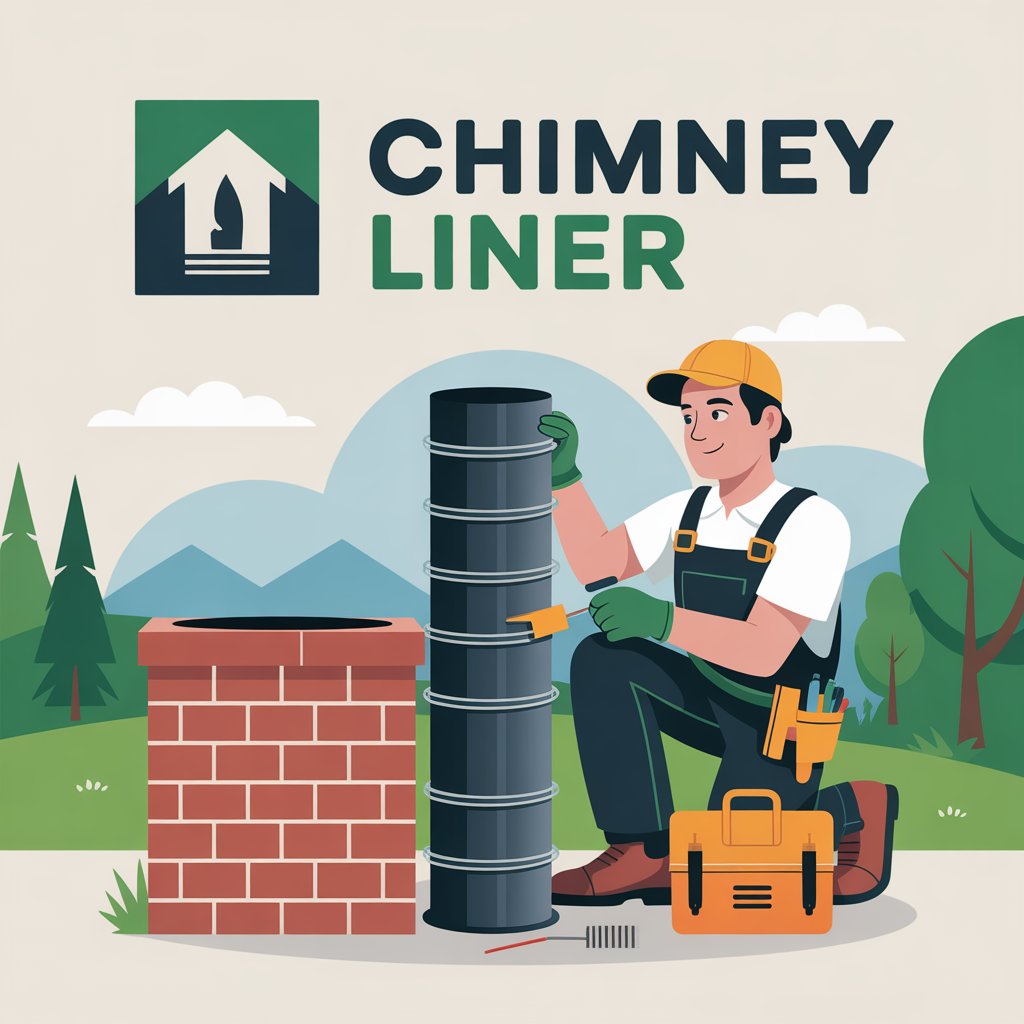Let’s be honest your chimney isn’t exactly something you think about every day. It’s just kind of there, right? Quietly doing its job while you enjoy warm fires or rely on your heating system during those chilly nights. But here’s the thing: the weather, especially in places with wild temperature swings or lots of rain, can slowly wear down the most important part of your chimney that you never see the liner.If you’ve never really thought about how your chimney liner holds up season after season, don’t worry. Most homeowners haven’t. That’s why we’re diving into it today. By the end, you’ll know how nature affects this hidden part of your home and why keeping it in shape matters more than you think especially if you’re dealing with a chimney liner in Jacksonville.
What Exactly Is a Chimney Liner?
Before we talk about how the weather messes with it, let’s make sure we’re all on the same page.
Your chimney liner is the unsung hero that lines the inside of your chimney flue. It does three important jobs:
- Protects your home by keeping heat and gases from damaging your walls and attic.
- Improves efficiency by helping smoke and gases exit the chimney faster.
- Prevents dangerous buildup like creosote, which can lead to chimney fires.
Liners can be made of clay tiles, metal (like stainless steel), or cast-in-place materials. Each of them has strengths but all of them are vulnerable to weather over time.
Rain, Moisture, and Humidity: The Slow Soaker
If you live in a rainy or humid area like Jacksonville, water is the number one enemy of your chimney liner. Rainwater can sneak into the flue, especially if you don’t have a proper chimney cap or if the flashing around your chimney is damaged.
Here’s how moisture causes trouble:
| Moisture Source | Damage It Causes | Long-Term Effect |
| Rain entering flue | Rust (metal liners), cracks (clay liners) | Weakens structure, reduced performance |
| Humid air | Condensation inside flue | Promotes mold and liner corrosion |
| Leaky masonry | Soaks liner materials | Compromises liner seal and insulation |
Moisture, especially when mixed with soot and creosote, becomes acidic. That acid slowly eats away at the liner material, whether it’s clay or metal.
Freeze-Thaw Cycles: Nature’s Sneakiest Wrecking Ball
This is one of those problems that sounds innocent until you see it up close. Here’s how it works: water gets into a tiny crack in your liner or brickwork.Over time, this freeze-thaw cycle can turn small cracks into serious structural issues. If you’ve got a clay tile liner, the tiles can crack, crumble, or even fall apart completely. Even metal liners can warp or split at the seams.
Quote of the day:
“I’ve seen chimney liners completely destroyed just from a few brutal winters and no maintenance. People think it’s sudden, but it’s years of weather doing quiet damage.”
– Mike T., Chimney Technician, Jacksonville, FL
Heat, Sun, and Sudden Temperature Swings
Even hot, sunny weather can play a part. Chimney liners constantly expand and contract with changes in temperature. This repeated flexing can slowly weaken seams, joints, and even entire tiles in older clay liners.And when fall or winter hits, that drastic switch from 90°F sunshine to 40°F nights can cause sudden stress on materials that were already on the edge. Metal liners might become brittle or warp, and masonry liners might crack under the pressure.
Signs Your Chimney Liner Might Be in Trouble
You don’t need to be a chimney expert to know something’s off. Here are a few red flags you can keep an eye (or nose) out for:
- A strong, musty odor coming from the fireplace even when it’s not in use
- Pieces of tile or metal showing up in the firebox
- Smoke backing up into your home
- Increased creosote buildup even with regular cleanings
- Rust or discoloration on the damper or chimney walls
If you spot any of these signs, it’s a good idea to get a professional inspection. Catching damage early can save you from needing a complete liner replacement down the line.
How to Protect Your Chimney Liner from Weather Damage
You can’t control the weather but you can reduce its effects on your chimney liner. Here are a few simple ways to give your liner a longer life:
| Tip | Why It Helps |
| Install a chimney cap | Keeps rain, snow, and debris out |
| Schedule annual inspections | Catches damage before it gets serious |
| Waterproof your chimney exterior | Reduces moisture absorption into bricks |
| Use stainless steel liners in coastal areas | Resists rust better than other metals |
| Burn clean, dry wood or pellets | Produces less corrosive buildup |
Even just scheduling a yearly sweep and inspection can make a big difference. A pro can spot early warning signs and suggest repairs before you’re dealing with major liner failure.
Final Thoughts: Don’t Let Weather Win
Your chimney liner might be out of sight, but it should never be out of mind especially if you live in a place where weather loves to play rough. From rain and humidity to salt air and sudden cold snaps, Mother Nature is slowly testing your liner’s limits every single season.The good news? You don’t have to be caught off guard. A few smart habits and regular checks can keep your liner strong and safe for years to come. Because at the end of the day, your fireplace or heating system is only as safe as the liner behind it.If you’re not sure what shape your liner’s in—or it’s been a few years since your last inspection it might be time to call in an expert. Trust your gut, trust the signs, and don’t wait until something cracks.
Read More:Chimney Sweep



